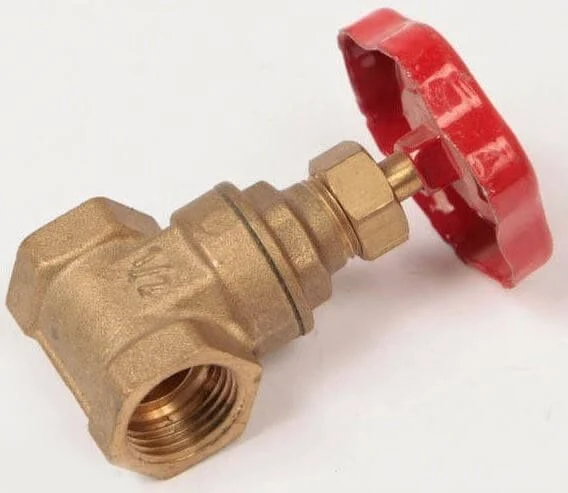Innovations in Gate Valve Design for Leak-Free Performance
Gate valves have long been a fundamental component of fluid control systems across various industries, renowned for their ability to provide reliable on-off control for various fluids, whether liquid or gas. However, ensuring leak-free performance in these critical applications has always been a paramount concern. Over the years, significant advancements in gate valve design have emerged, aimed at enhancing their leak-free performance, increasing efficiency, and prolonging their service life. One of the most notable innovations in gate valve design is the implementation of advanced sealing mechanisms. Traditionally, gate valves relied on metallic-to-metal contact between the gate and the valve seat to create a tight seal. However, this method often posed challenges in achieving absolute leakage prevention, particularly in high-pressure or high-temperature applications. To address this issue, modern gate valves incorporate resilient or soft-seated materials, such as rubber, elastomers, or PTFE, on the gate and valve seat surfaces.

Furthermore, gate valve manufacturers have introduced cutting-edge materials for construction. The use of high-performance alloys, like stainless steel, alloy 20, and exotic alloys, has become prevalent. These materials not only enhance the valve’s resistance to corrosion and erosion but also bolster their overall durability, making them suitable for a wide range of applications, including those in aggressive or corrosive environments. This innovation in material selection greatly contributes to achieving leak-free performance and extends the valve’s operational life. Another vital improvement in gate valve design is the utilization of improved actuation mechanisms. The conventional hand wheel or wheel gear actuation systems have given way to advanced options such as electric, pneumatic, and hydraulic actuators what is a gate valve? These technologies enable precise and remote control of gate valves, reducing the risk of human error and providing a more consistent and reliable means of operation. Automated actuation also allows for real-time monitoring and feedback systems, contributing to the overall performance and integrity of the valve.
To combat the challenges posed by demanding applications, gate valve designers have also incorporated additional features to enhance leak-free performance. Pressure relief mechanisms, emergency seals, and anti-cavitation trim are just a few of the innovations aimed at safeguarding the valve against unexpected conditions that could compromise its integrity. These extra layers of protection not only enhance leak-free performance but also contribute to the valve’s longevity. Moreover, advancements in manufacturing and quality control have significantly improved the precision and consistency of gate valve components. Cutting-edge machining and finishing techniques ensure that critical sealing surfaces are perfectly aligned and free from imperfections of gate valve leaking at stem . These stringent quality control measures reduce the likelihood of leaks, even in the harshest operating conditions. In conclusion, innovations in gate valve design have come a long way in ensuring leak-free performance. The integration of advanced sealing materials, robust construction materials, improved actuation mechanisms, and additional protective features collectively enhance the reliability and efficiency of gate valves.